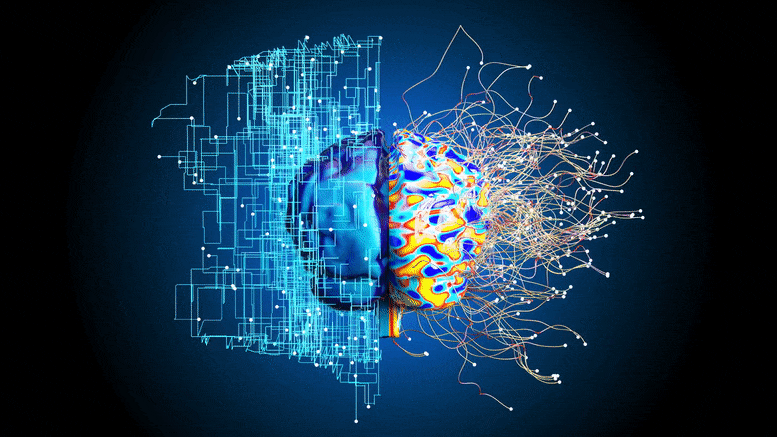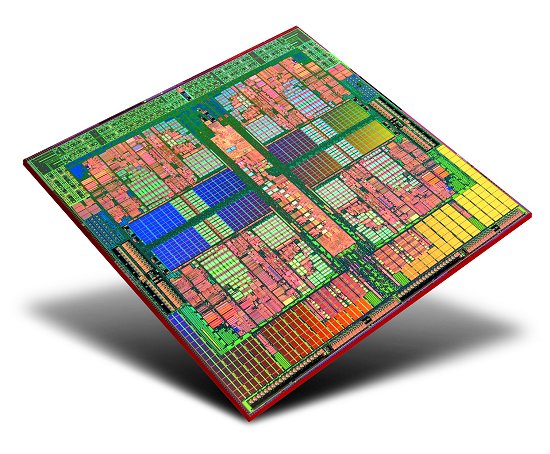Génie logicel et Systèmes Distribués
A computer networks course typically covers the fundamental concepts, principles, and technologies used in designing, implementing, and managing computer networks. It provides students with a comprehensive understanding of how data is transmitted, routed, and received across networks, whether they're local area networks (LANs), wide area networks (WANs), or the internet.
Topics commonly covered in a computer networks course include:
1. Introduction to Networking: Basics of computer networks, historical perspective, and the OSI (Open Systems Interconnection) model.
2. Network Topologies: Different types of network architectures such as bus, star, ring, and mesh topologies.
3. Network Protocols: Understanding protocols such as TCP/IP (Transmission Control Protocol/Internet Protocol), HTTP (Hypertext Transfer Protocol), FTP (File Transfer Protocol), etc.
4. Data Transmission: How data is transmitted across networks, including concepts like modulation, multiplexing, and error detection/correction.
5. Network Devices: Study of devices like routers, switches, hubs, and how they function within a network.
6. Wireless Networking: Introduction to wireless communication technologies like Wi-Fi, Bluetooth, and cellular networks.
7. Network Security: Basics of network security, including encryption, authentication, firewalls, and intrusion detection systems.
8. Network Management: Techniques for monitoring, managing, and troubleshooting networks to ensure optimal performance A computer networks course typically covers the fundamental concepts, principles, and technologies used in designing, implementing, and managing computer networks. It provides students with a comprehensive understanding of how data is transmitted, routed, and received across networks, whether they're local area networks (LANs), wide area networks (WANs), or the internet.
Topics commonly covered in a computer networks course include:
1. Introduction to Networking: Basics of computer networks, historical perspective, and the OSI (Open Systems Interconnection) model.
2. Network Topologies: Different types of network architectures such as bus, star, ring, and mesh topologies.
3. Network Protocols: Understanding protocols such as TCP/IP (Transmission Control Protocol/Internet Protocol), HTTP (Hypertext Transfer Protocol), FTP (File Transfer Protocol), etc.
4. Data Transmission: How data is transmitted across networks, including concepts like modulation, multiplexing, and error detection/correction.
5. Network Devices: Study of devices like routers, switches, hubs, and how they function within a network.
6. Wireless Networking: Introduction to wireless communication technologies like Wi-Fi, Bluetooth, and cellular networks.
7. Network Security: Basics of network security, including encryption, authentication, firewalls, and intrusion detection systems.
8. Network Management: Techniques for monitoring, managing, and troubleshooting networks to ensure optimal performance and reliability.
9. Internet Technologies: Overview of internet architecture, DNS (Domain Name System), IP addressing, and routing protocols.
10. Emerging Technologies: Discussion on recent trends and advancements in networking, such as cloud computing, SDN (Software-Defined Networking), and IoT (Internet of Things).
Throughout the course, students often engage in hands-on activities, lab experiments, and projects to apply theoretical concepts to real-world networking scenarios. The goal is to equip students with the knowledge and skills necessary to design, configure, and troubleshoot computer networks effectively. reliability.
9. Internet Technologies: Overview of internet architecture, DNS (Domain Name System), IP addressing, and routing protocols.
10. Emerging Technologies: Discussion on recent trends and advancements in networking, such as cloud computing, SDN (Software-Defined Networking), and IoT (Internet of Things).
Throughout the course, students often engage in hands-on activities, lab experiments, and projects to apply theoretical concepts to real-world networking scenarios. The goal is to equip students with the knowledge and skills necessary to design, configure, and troubleshoot computer networks effectively.



